No matter how peaceful it might look, it is not a secret that throughout Europe, you can find plenty of scars of past wars. Lithuania is no exception. Here you can find many armament fossils from the last century, as eastern Europe plains was a heavily contested territory. Both German states and Russia wanted this territory as a buffer zone against one another.
In this article, I’ll talk specifically about one of those places, and, probably, the place to visit in Lithuania if you are a fan of modern history. What is used to be the most complex ballistic missile armed with nuclear warheads compound in Lithuania, to this day, Plokštinė missile base is surprisingly well preserved. Today, inside of it, you can visit the Cold War Museum, which reminds us of history, which must never be forgotten. During this war, for the first time in the history of men, humans became capable of destroying itself.
More info: ctdots.eu
The Cold War Museum
Price of the Cold War Museum in the Plokštinė missile base is 5€ for adults and 2,50 for anyone else. The last excursion is at 18h00 and from October 1 to April 30 there are only 4 excursions with the last one at 16h00.
History of missile activity in Lithuania
The end of WWII did not bring any pacifist mood, quite the contrary, the use of early ballistic missiles in the war prompted the post-war constructors to work on developing the new type of weapon – the nuclear bomb – the unprecedented destruction force. On may 13, 1946 the Soviet Union Ministers‘ Council issued a missile armament decree under which the long-range ballistic missile force was created. Such was the start of a nuclear weapon era.
Smolensk Fifth missile army was formed in 1960, its formations were located in the districts of Pskov and Kaliningrad as well as in Belarus and each of Baltic states. Lithuania housed tho of those formations: 58th Melitopol missile division of the Red Banner and the Order of Suvorov located in Karmelava. Another one was located in Šiauliai – 29th Vitebsk missile division of the Orders of Lenin and the Red Banner. The 29th Šiauliai division was given an important task to form five missile regiments within a short period of time and to commence a military duty in Lithuania and Latvia. In the territory of Lithuania, the 79th Plungė regiment was formed and was the first one to be equipped with R-12 (SS-4) missile systems. Already in 1960 one of the regiment‘s squadrons performed a military duty armed with the newest missile complex.
On January 1, 1963, for the first time in the history of the Soviet Union Plungė regiment positions were equipped with missile silo launch devices fitted with the new BVNR R-12U systems, a year before their official start of carrying out defense functions.
The 58th Karmelava Division
The 58th Karmelava Division was created in 1961 and consisted of three missile regiments, which were located in Tauragė, Karmelava, and Ukmergė. Each of them had two ground squadrons and together combined there were 1 silo-type and 8 ground squadrons with a total of 36 launch facilities which could independently execute a missile launch within 2 000 km radius.
In the late 1980s, outdated systems such as R-12U and somewhat later, R-12 were withdrawn from the arsenal. They were replaced by new type missile squadrons. Around 1983 the Šiauliai division was transferred to Irkutsk, renamed and re-armed with transcontinental missile systems. Following the 1987 Treaty between the USA and the USSR which enforced a ban on short and intermediate range ballistic missile systems, 58th Karmelava Division was disbanded several years later.
Plokštinė missile base defensive systems
The first thing you notice is, of course, the multi-system security around the whole perimeter for the protection of the base, which not only makes it physically hard to access the area but potentially might kill them with high voltage fence or landmines. Restored fragments in a photo you see represent the types of used fences, but the real distance between them was much larger.
The whole system consists of five layers:
Barrier “Tantal” is an electromechanical security system which looks like a simple barbed fence, but it has sensors in it, which when the fence is breached transmits a warning signal to the panel.
“Grafit” system is a hardly noticeable tight wire, which is also capable of sending an alarm to the panel if it was somehow damaged.
“Sosna” is a dense high barbed fence, capable of sensing any breach. The Combat System P-100 can generate 380-2000 volts, which ensured the death of the offender from an electrical shock.
And everything is surrounded by a simple protection fence, whose main purpose was probably to protect the animals from getting into deadly inner protection systems and damaging them.
Minefields had complemented the combat systems which were not installed during the peace times. Special combat squad was responsible for the protection of the perimeter systems and base.
Plokštinė missile base construction
The ballistic missile launch complex near Plokštinė is the most complex Soviet strategical missile force construction build in Lithuania.
Four shafts were dug and equipped with all the launching missile stuff in the corners of 80×70 m rectangle territory. The shafts were 25 m deep and 5 wide designed to keep an angle of a missile at 90 degrees. The thickness of the walls was up to 2,5 m. The construction of the shafts was overseen not only by the military but also by the underground construction experts. Digging holes might seem not that hard, but excellence at precision was required for everything to work as it was intended.
The whole process started with digging a pit; then a concrete casing segment was inserted into it and after that, the pit was dug even more until the segment went deep enough for another segment could be inserted as well. This was repeated until the necessary depth was achieved. The metal casing of the silo was installed almost 1 m away from concrete walls, making it around 3 meters wide. It was necessary to leave such a large gap to install drainage, pneumatic, loading systems and various other cable routes. Besides the gap between the casings also served as an exhaust for the escaping missile engine launch gases as the upper part of the shaft allowed the heated gases to disperse.
Plokštinė missile base crew
The troops and higher officers of the silo division were divided into four units according to their function:
The first division was responsible for the missile installation, verticality, and targeting. They also participated in the installation of the warhead. This division consisted of gunmen, protective cupola operators, and lift-operator.
The second division‘s work was to take care of compressed gas supplement for the missile engines, and mounted power steering systems.
The third division was responsible for the missile control systems and electronics.
The last, the fourth division used to perform the procedures of missile filling with fuel components.
Missile silo
The missile silo is divided into six different technological levels (floors) with elevators installed to ensure communication between them.
The ground floor (level 6) of the silo was intended for servicing the fuel filling equipment as well as for fuel and condensate extraction pumps.
Level 5 provided access to the launch-table and missile steering wheels. It also provided access to pneumatic hoses and electrical cable connections. This is where the second division performed all the things required for missile guidance by rotating it at the right angle. This was done with the help of start-up-table mechanisms. To set the target for a missile accurately, troops used to follow the degrees marked on the cylinder of the silo. To ensure the accuracy of the targeting procedure, even more, optical devices were used as well. All of this was necessary as missile had to be set ready with extreme precision. With a distance of 2000 km, even a slight error could cause serious warhead’s deviation from the target. A tolerable error of the pointing angle could be 2 seconds (0.0005(5) degrees) at the most.
Watching missile silo
Level 4 provided access to the missile engine.
Level 3 was the access to the hardware section.
Level 2 – access to the oxidizer drainage hose connection.
And last, but not least – level 1 – the upper part of the silo granted access to emergency exits. Actually, after a second thought, maybe, it is least after all.
Missile silo support space
Without a need to come up to the surface the crew was able to reach every silo of the missile base from the technological block, where fuel components, compressed gas, and power was stored, through underground communication tunnels or side entrances. After missile launch operations, the side entrances were closed with anti-explosive hermetical doors. Such doors were used to prevent damaging of the facilities in the technological block as well as to ensure the safety of the crew in case of an accidental missile explosion.
Launching a missile equipped with a nuclear warhead
At level 5, a missile R-12 launch desk was installed. In order to load and launch a missile, it was required to remove a very heavy sliding protective metal cover. Even though the shaft was designed to be reusable, still, after every launch it was required for the missile silo to undergo expensive and long repairs. Therefore, it was decided to use the complex for a week’s duration and to execute only several launches. Consequently, storing the reserve missiles nearby was no longer considered practical or necessary, hence the need for storage hangars was eliminated. The missiles were delivered on the special platform by a tow truck.
Reloading missile silo
The platform was vertically above the shaft and missile was lowered into the shaft onto the launch deck. Then fuel filling pipes were attached to the missile, together with control and feed cable threads. When system check was completed the premises were sealed. Every six months the operation was repeated, and a new missile was installed.
These strict measures were supposed to ensure efficient functioning of the systems in case an order was given to launch missiles armed with nuclear warheads.
Parts of Plokštinė missile base
A concrete bunker was built underground in the middle of the projected rectangle territory between the four missile shafts for storing operating and control equipment, fuel components, and personal stuff.
Fuel storage room
The fuel used for R-12, missiles was TM-185, the solution was hydrocarbon/kerosene mixture. In order to burn, some fuels require oxidizer, the solution used for R-12 was not an exception, therefore, the complex had to store oxidizer supplies as well, and for the obvious reason – in a different room.
Oxidizer storage room
There was an aluminum alloy tank with a capacity of 85 tons installed in the oxidizer room together with pipelines and pumping stations with electromechanical valves. The oxidizer used for the missiles R-12 was AK27 (solution of 27% nitrogen oxides in nitric acid). This extremely toxic substance was dangerous for the life of troops, therefore, the storage room of the oxidizer was sealed with hermetical doors and had a separate ventilation system. The oxidizer was supplied to the missile silos from the pumping station.
Compressed gas storage room
In addition to the fuel and oxidizer, each missile was supplied with compressed air and nitrogen during a launch. These components were required for creating pressure in the missile tanks, as well as for the operation of missile engine and electronic system. Compressed gas was stored in a special storage room installed between two postern doors. The pressure in the cylinders was continuously monitored and the auto compressor constantly maintained a certain level of it. Compressed gas was also used for emergency missile tank filling with fuel. Its high pressure was used to push the fuel out of the fuel container.
Power supplies
The whole missile base complex was supplied with the power of two independent underground line sources. Inside the technological block, an autonomous power system was installed. This system had one diesel generator D-830 with an output of 830 HP, and two diesel generators D-100, 100 HP each. Diesel fuel supplies were kept in two different reservoirs, built-in the wall of the diesel-generator room. There was a separate accumulator room for power in case of an emergency.
Rocket history room
First rockets were invented and used for military purposed in China as far back as in the XIII century, but they were outcompeted and not as loved by the military as ever-progressing artillery.
A Lithuanian scientist Kazimieras Semenavičius left his mark on the history of missile development as well. He has developed missile design concepts in his book “The Great Art of Artillery”, which was published in 1650. Scientist of Grand Duchy of Lithuania described the creation of the theory of missile artillery and presented drawings of a multistage missile.
The invention of missile engine of liquid fuel and the industry’s ability to produce high precision parts have allowed starting mass production of missile technology in the eve of the Second World War. Finally, the missile armament started to outperform artillery with a bigger firing range and the ability to carry a greater weight of the explosives to the target during the Cold War years.
All missiles are similar in structure design despite the large variety of missile technology. Missile includes liquid or solid fuel engine, space with fuel components, the control unit, and the head. Two or three missiles in the multistage missile are linked into a single structure.
All elements of the missile are of one-time use. In addition, the missile technology is expensive enough. One cruise tactical missile price could reach 1,5 million USD and up to three hundred million USD were needed to produce the intercontinental ballistic missile. One of the Soviets missiles UR-100 had a cost to the Soviet economy of four large residential buildings.
The propaganda of the Cold War room
One of the more interesting expositions in the Cold War museum near Plokštinė is a room dedicated to Cold War propaganda. Different techniques of it were widely used during the First and Second World Wars and have not been forgotten during the Cold War, too. There was a need to agitate the enemy soldiers to surrender, instead, the focus was on their own society.
Soviet propaganda
The Soviet Union’s propaganda aimed at creating an environment in which every member of the society would feel like a part of the crew fighting, surrounded by the enemies. Various measures were used to achieve this objective. The NATO block’s countries were portrayed as the consequences of controlled aggressive and raring for new war wealthy-capitalists. The Soviet regime was portrayed as a stable, progressive country, having strong industry and army. Sometimes propaganda posters exposed on or another shortage of Soviet society, but these posters portrayed “the sins” of ordinary people, not the leadership.
NATO propaganda
The propaganda of NATO block’s countries concentrated its attention on the popularization of government policies in the society, tried to expose the problems of the Soviet regime, among them: the various violations of human rights and cases of military aggression. Unlike the Soviet Union, propaganda creators of western countries were not just governments, but also an independent media or public organizations. You could find posters criticizing the militarism and military invasions to foreign countries as well, which was a blow against both camps.
Similarities of both blocks’ propaganda
The propaganda of two blocks in the middle of the Cold War has concentrated its attention on the theme of peace. The threat of nuclear war was portrayed as the greatest danger to humanity, and the nuclear bomb is depicted as an abstract evil regardless of its owner.
Despite the fact that most of the Cold War posters are no longer valid, their current artistic and historic value is highly appreciated. The effectiveness of propaganda measures has allowed to set up the strategies of “information war”, which is still widely used to this day.
Civil security exposition
With all the immense power of nuclear weapons, it was believed that the enemy will use them not only on the military objects but the cities, which were political or economic centers. Therefore, there was a need to prepare local residents to survive huge destruction and radiation.
Over time, the Soviet civil protection system has turned into a powerful bureaucratic structure that performs functions which were understood only by a very few people. Half of the residents did not hold the caches built for decades. Individual protective equipment was little effective. Civil training of how to behave during the nuclear war at schools and workplaces was more like a farce.
Civil protection efforts to prepare the society for nuclear war in the society itself was understood in a playful way:
“How to behave when a nuclear bomb will explode? Wrap into a white cloth and quietly creep into the cemetery.”
From my own personal experience, I had visited a relatively untouched shelter underground of one of the Soviet factories in Vilnius. It was stated that the shelter could hold 150+ people, but from what I saw it was more like 30. The whole thing left me with a feeling that it was built in a way just because they had to build it, but not to protect the people. If a nuclear bomb was ever exploded over Vilnius, very few could have used shelters to survive.
The value of history
I’ve been in this Cold War museum twice; the first visit left a great impact on me and this time I wanted to get back and document everything in order to share more with the world. No matter how dark the history seems, when you exit the nuclear missile base into a sunny and bright day with the forest surrounding you, you cannot help, but get a feeling of hope and urge to do something to avoid history repeating itself. And I know I’m not the only one who feels like this, even Dr. Jordan B. Peterson was inspired for his life work “Maps of Meaning” in a similar complex on the other side of iron curtain Places like these must not be forgotten, they must stand and remind us of what we are capable of and why it is important to sometimes to forget our differences and work towards the same goals. After all, if the history repeats twice, it is us not learning from our own mistakes.
Share your experience
If end-up going to Plokštinė missile base, please, message me or share your impressions down in the comment section. In case you’ve already been there and disagree, please, share it as well. Thank you, for reading and until next adventure!
While you around don’t forget to check out Lake Plateliai and Žemaitija National Park.
7Kviews
Share on FacebookHaha, finally somebody noticed that:) It is like all judging eye, creepy, but as long as that silo remains empty, it is just all-watching-eye:)
Load More Replies...What a great read and photos. It makes me think how in the world today can governments and religions be so ignorant and intolerant.
Haha, finally somebody noticed that:) It is like all judging eye, creepy, but as long as that silo remains empty, it is just all-watching-eye:)
Load More Replies...What a great read and photos. It makes me think how in the world today can governments and religions be so ignorant and intolerant.

 Dark Mode
Dark Mode 

 No fees, cancel anytime
No fees, cancel anytime 







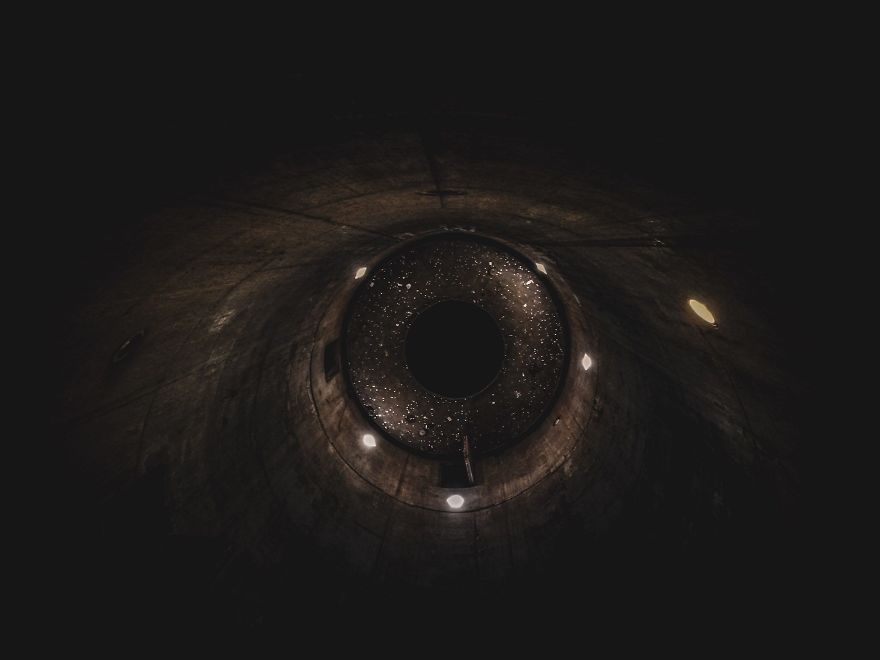
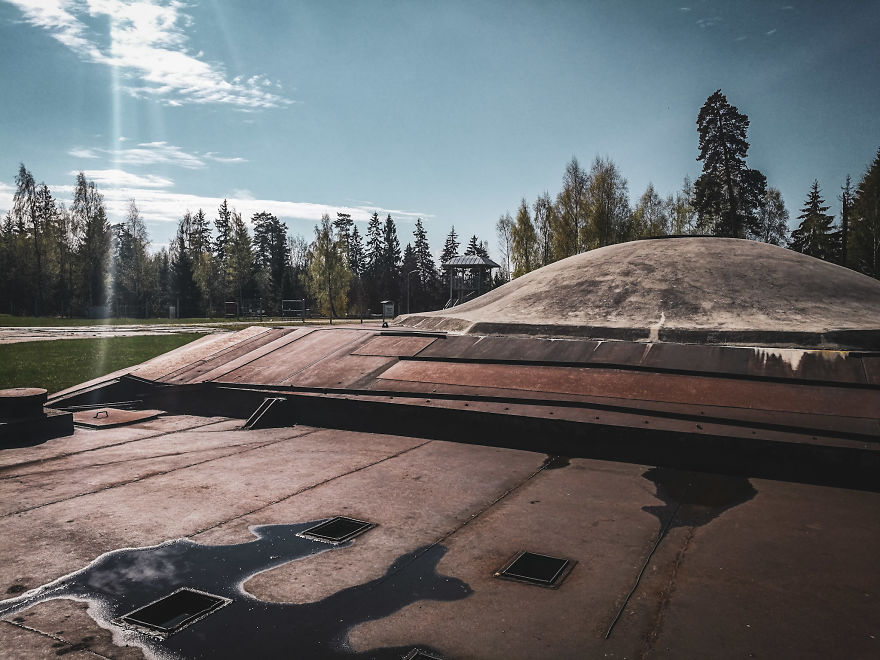
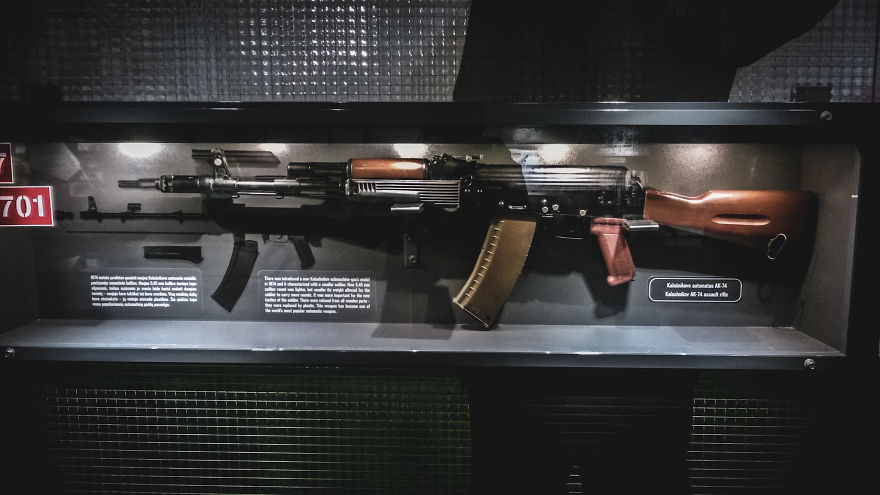
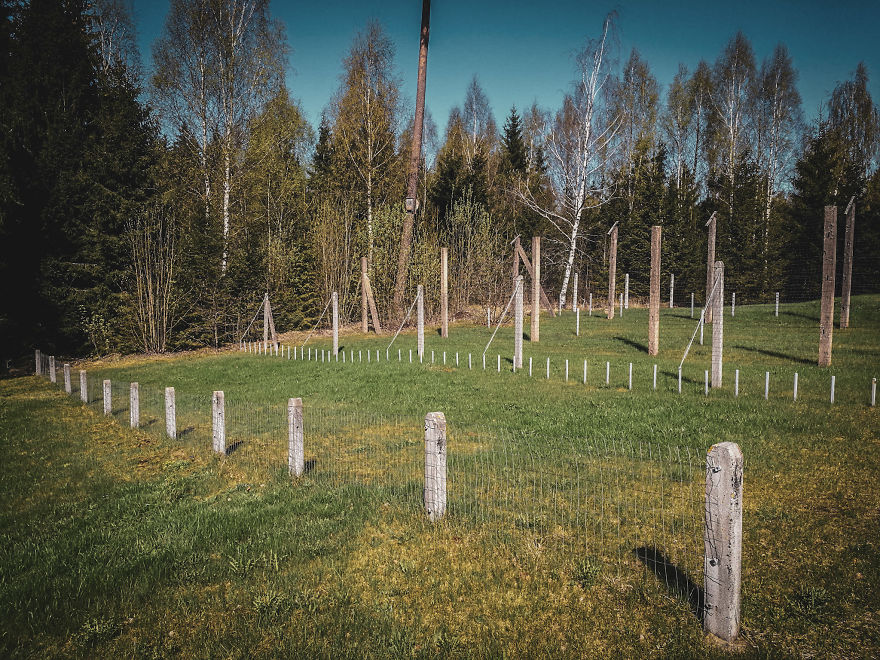
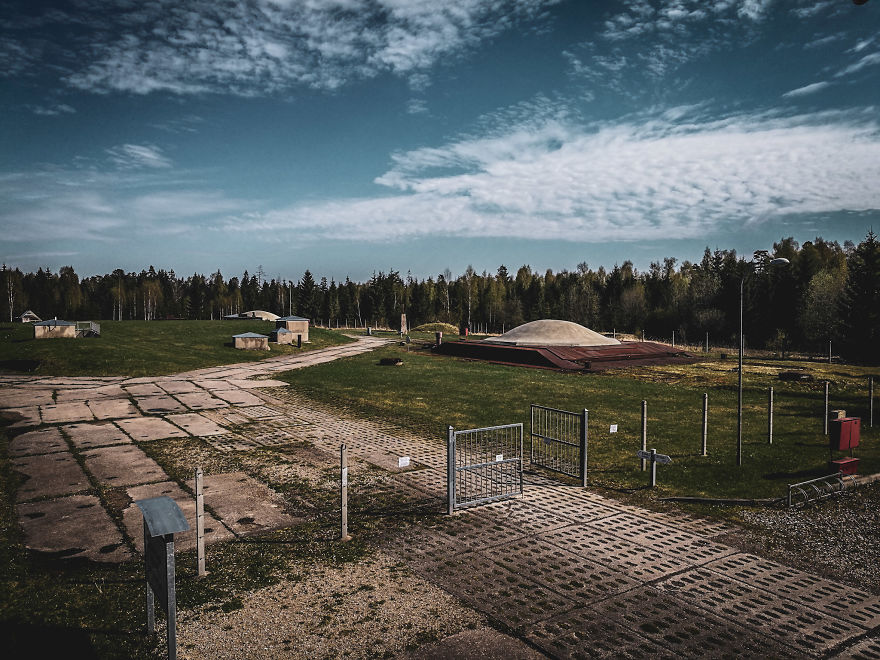
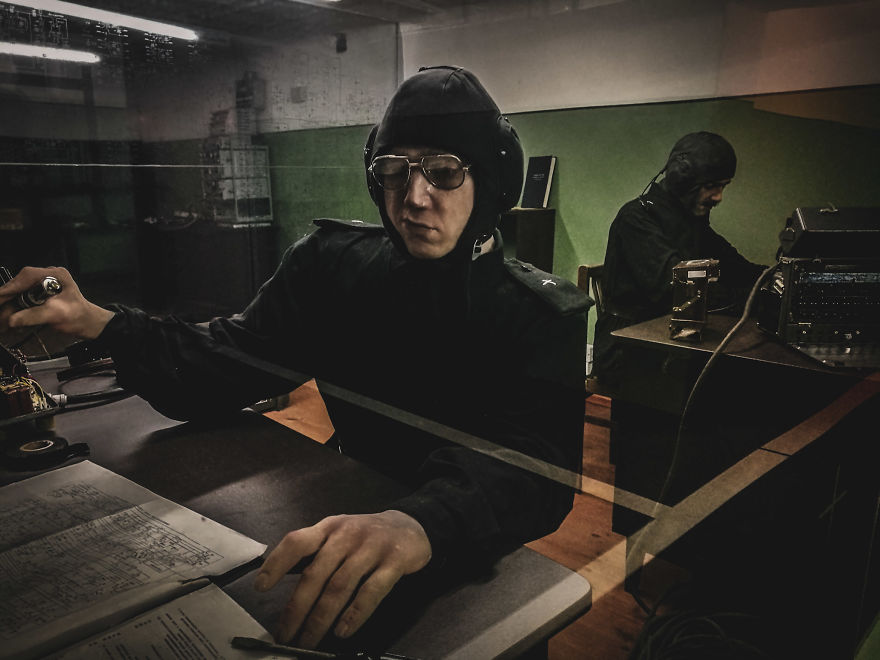
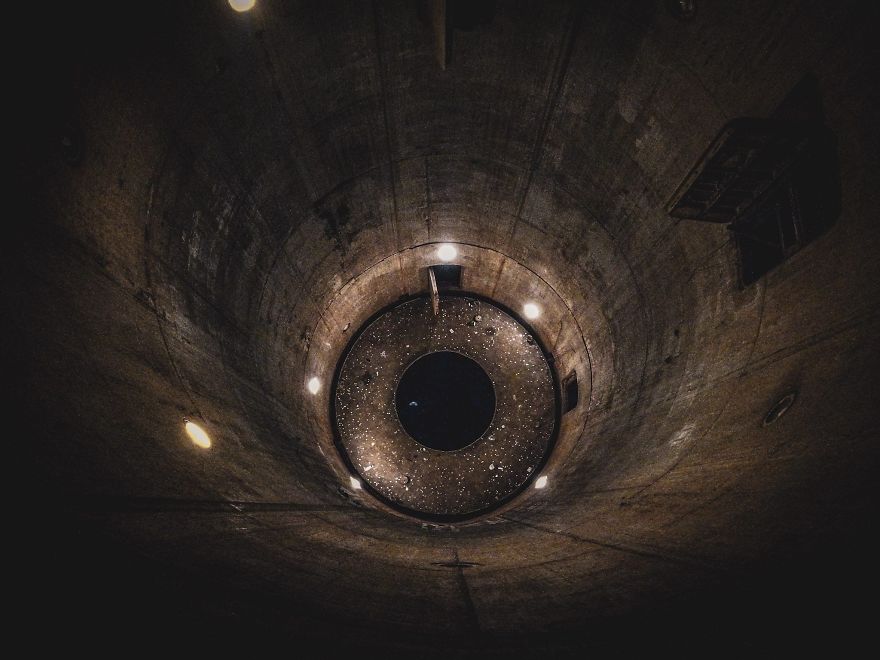
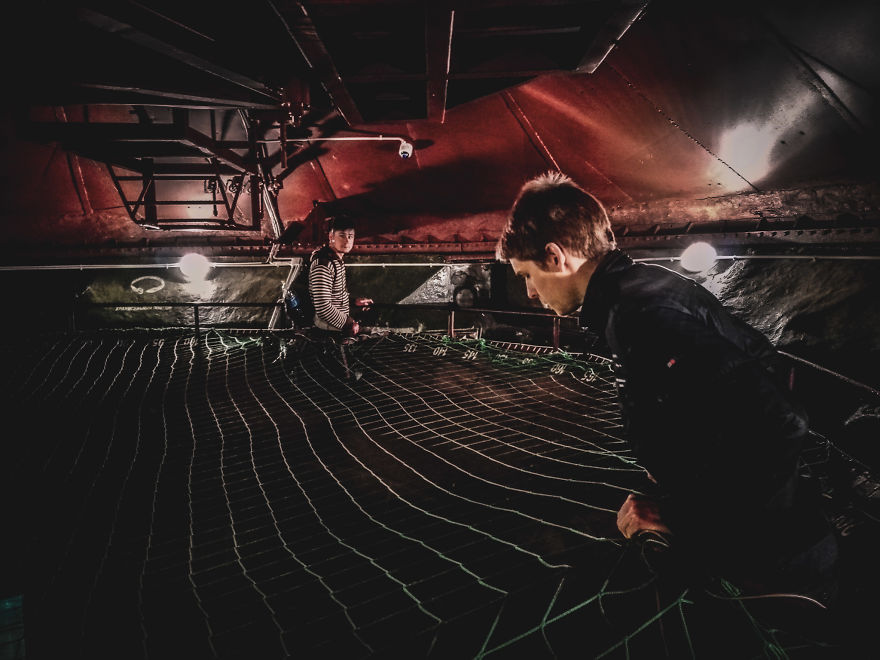
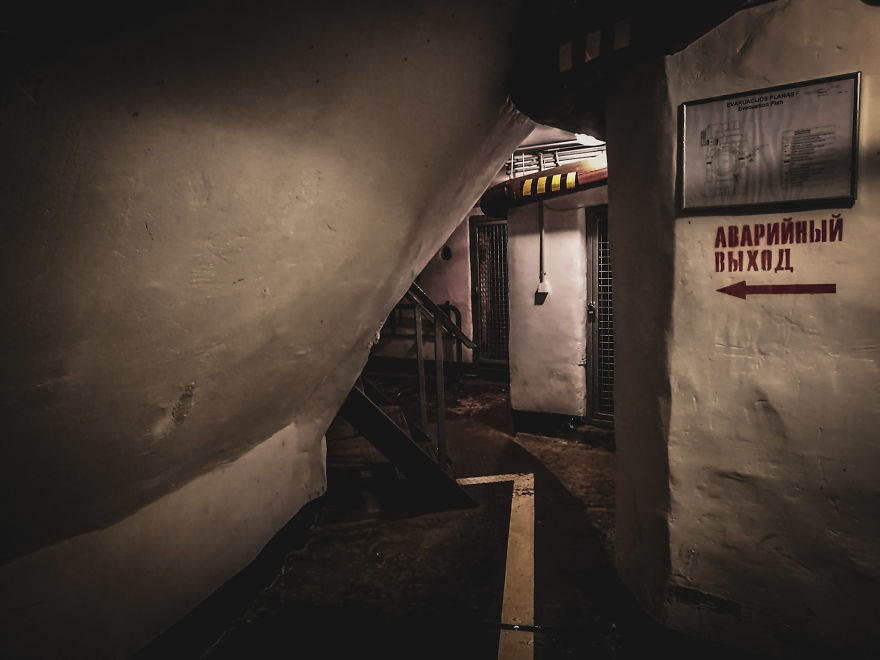
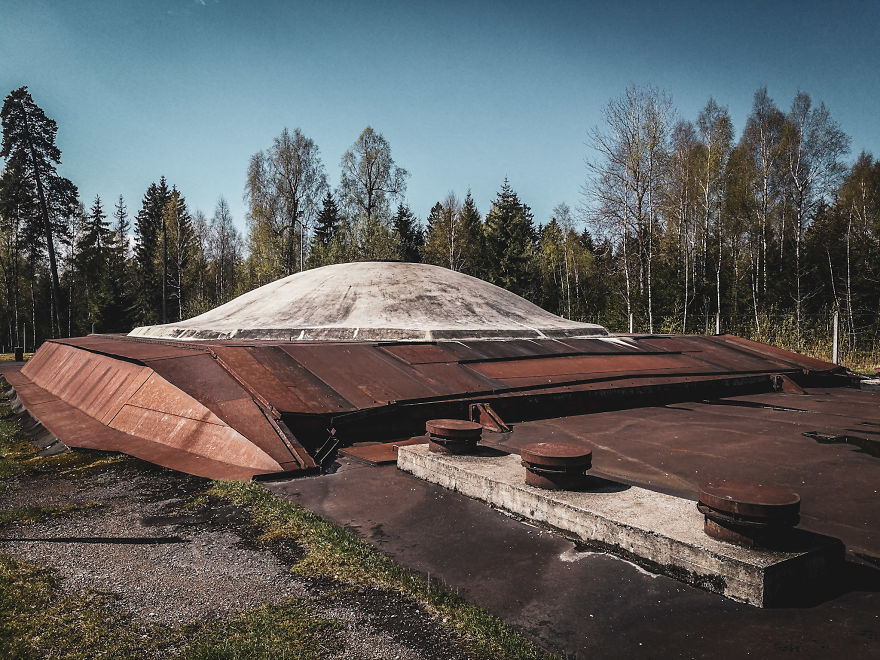
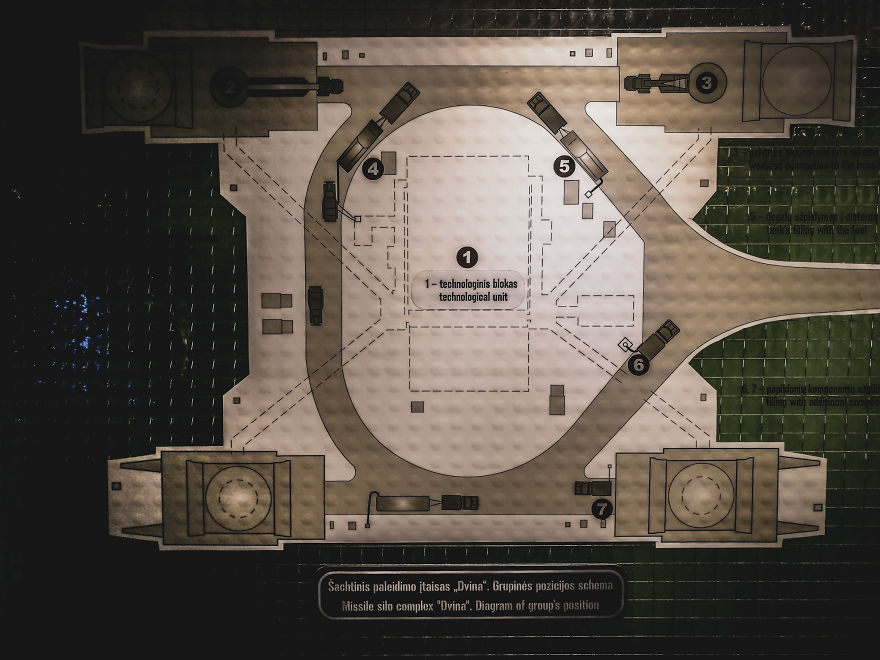
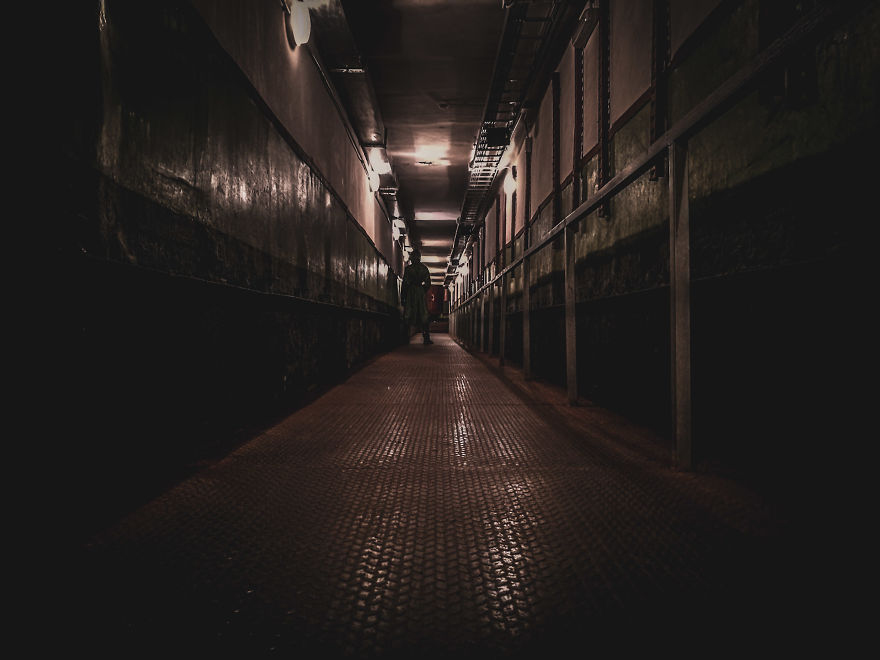
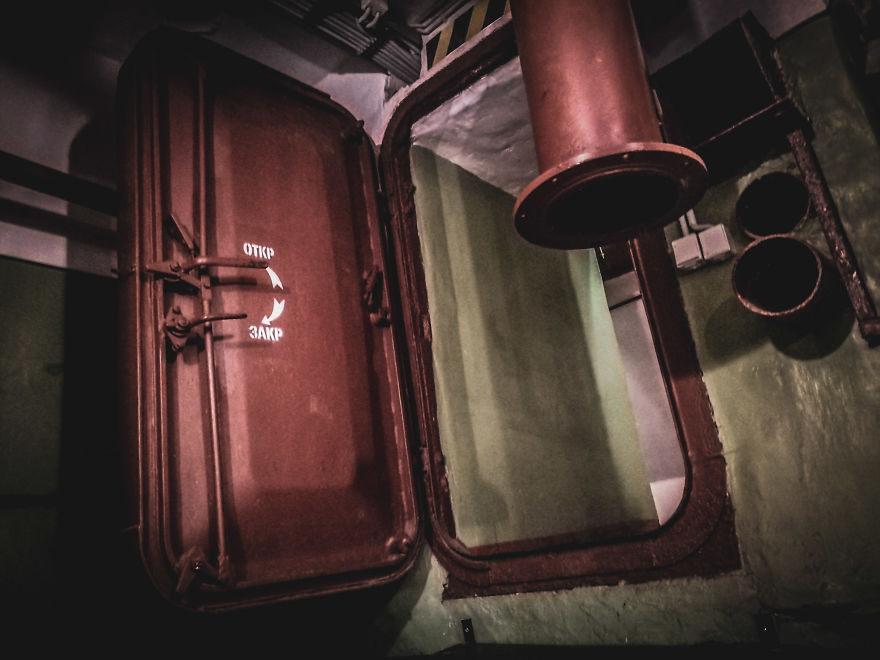
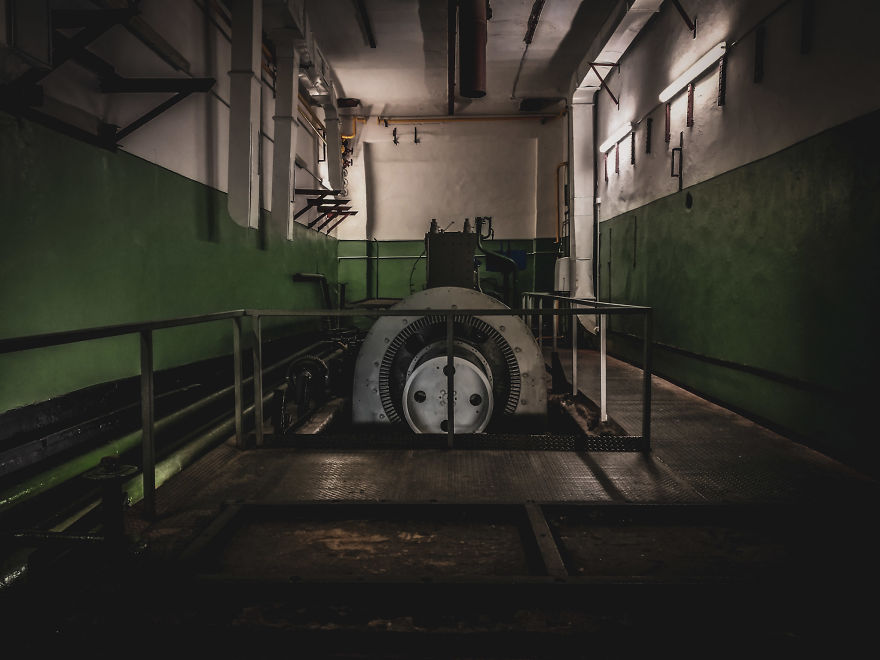
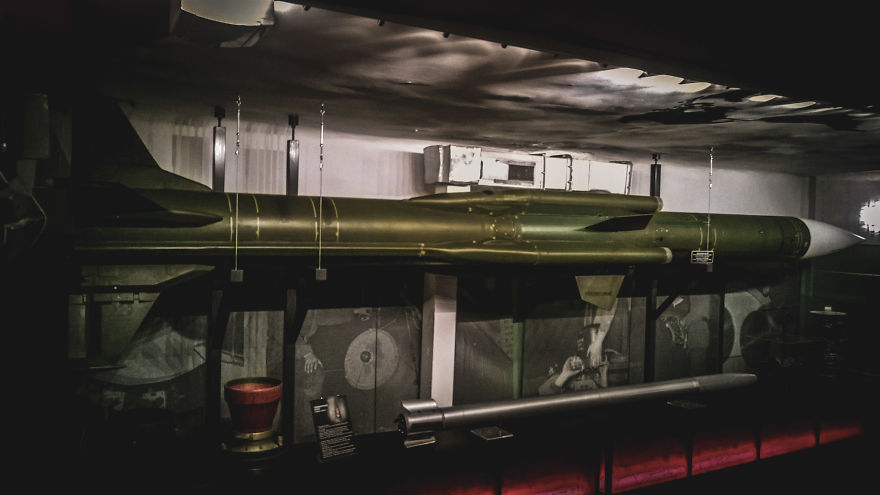
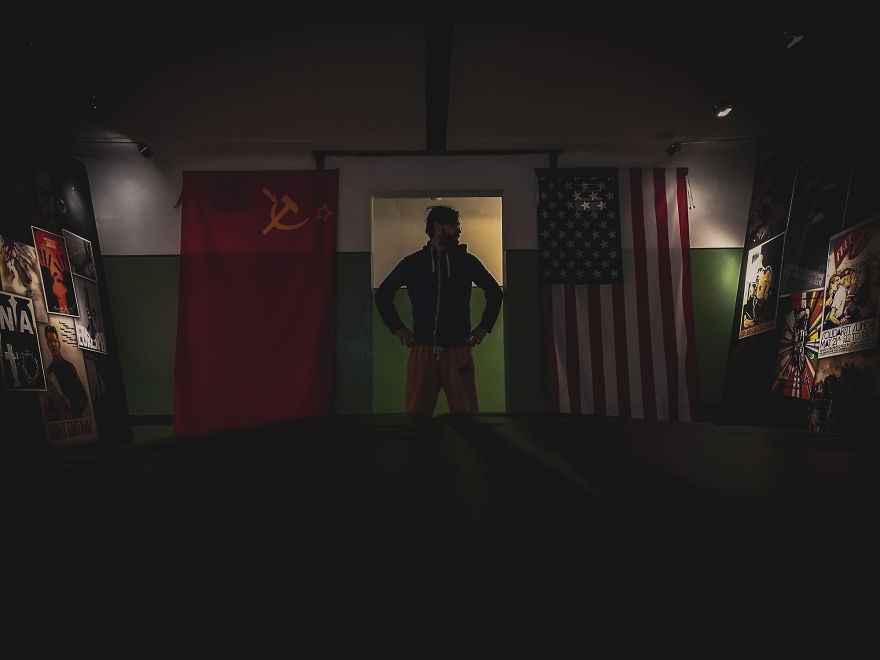
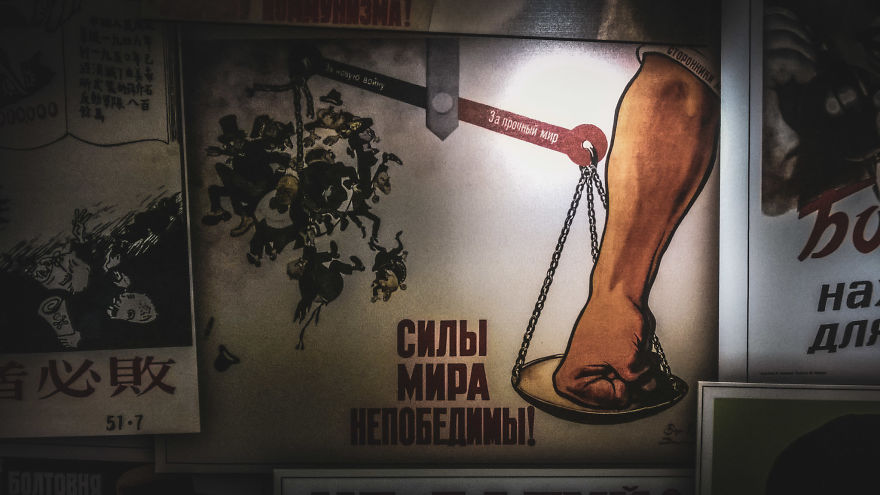

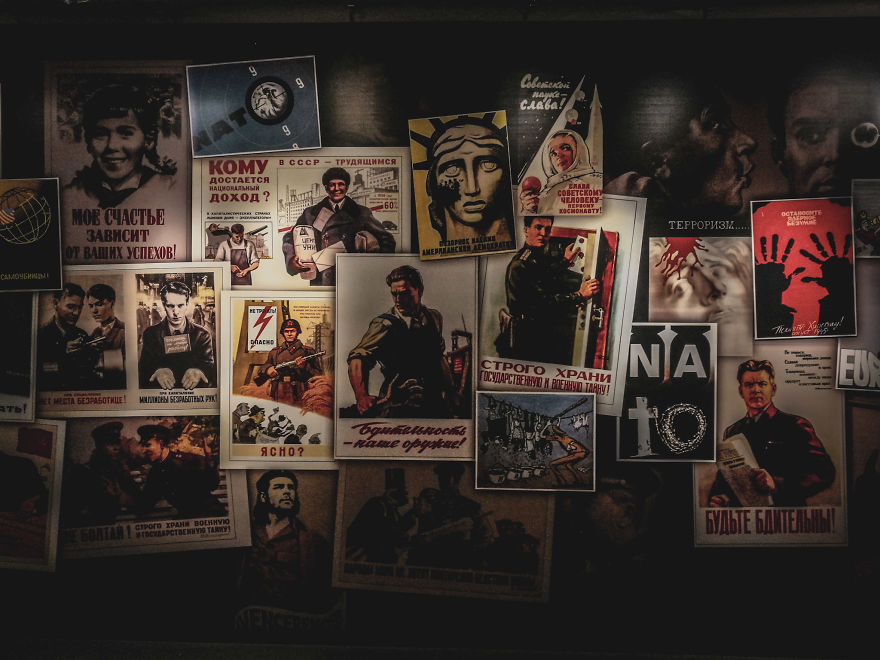
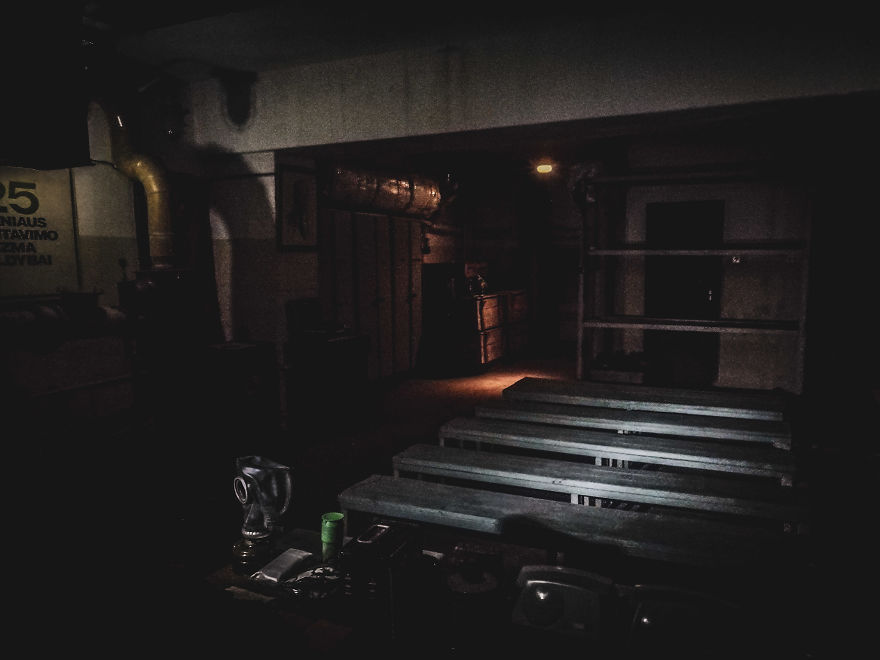
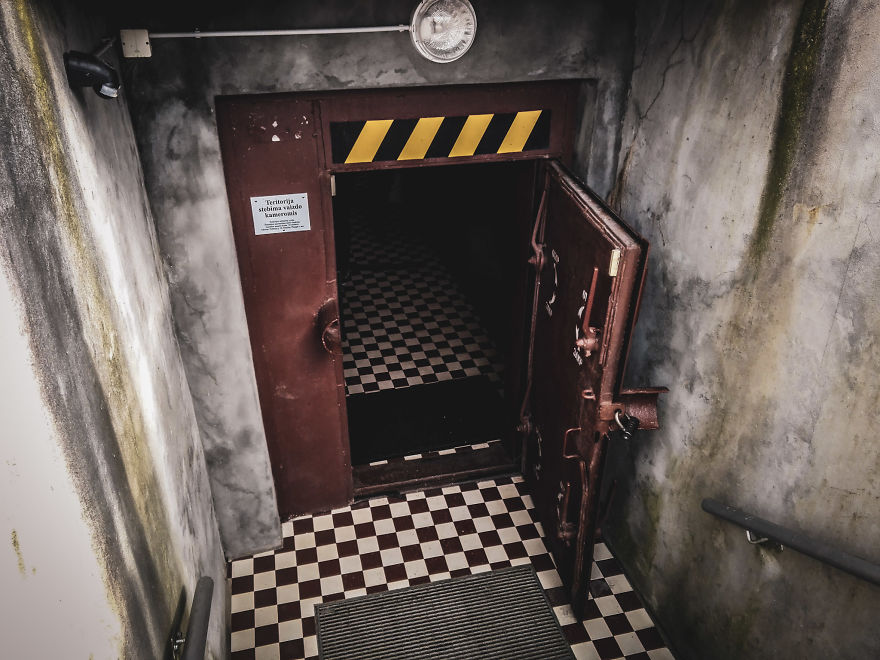
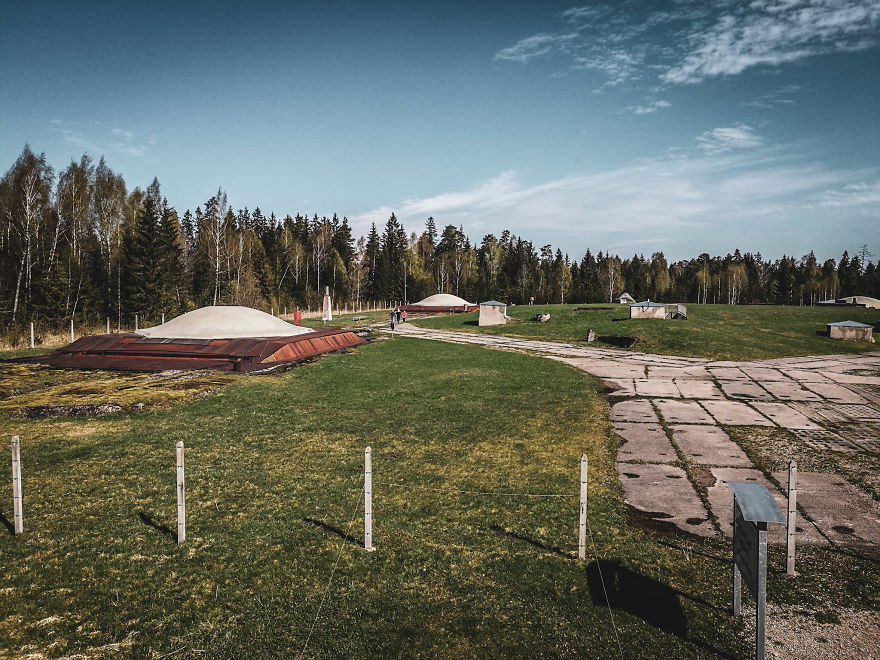











































65
6